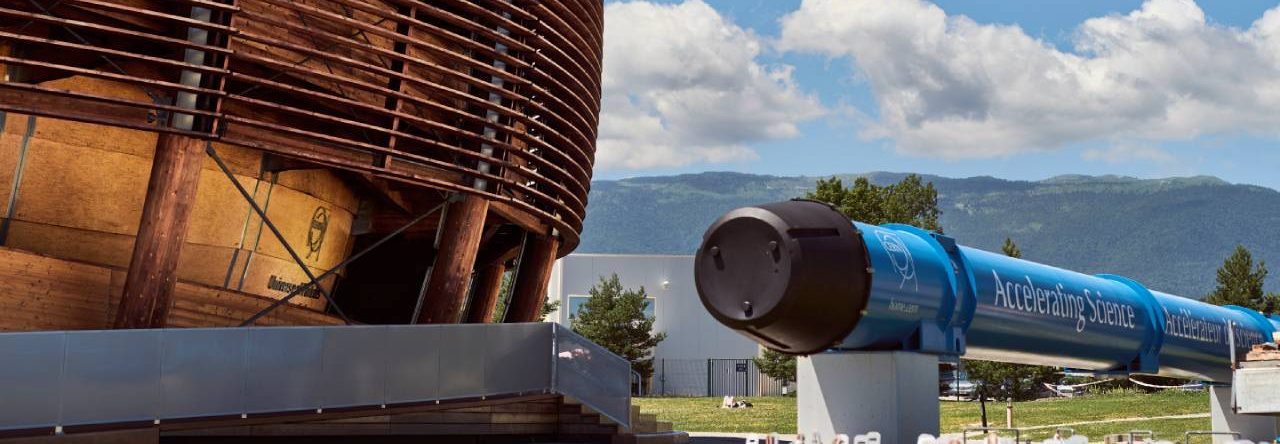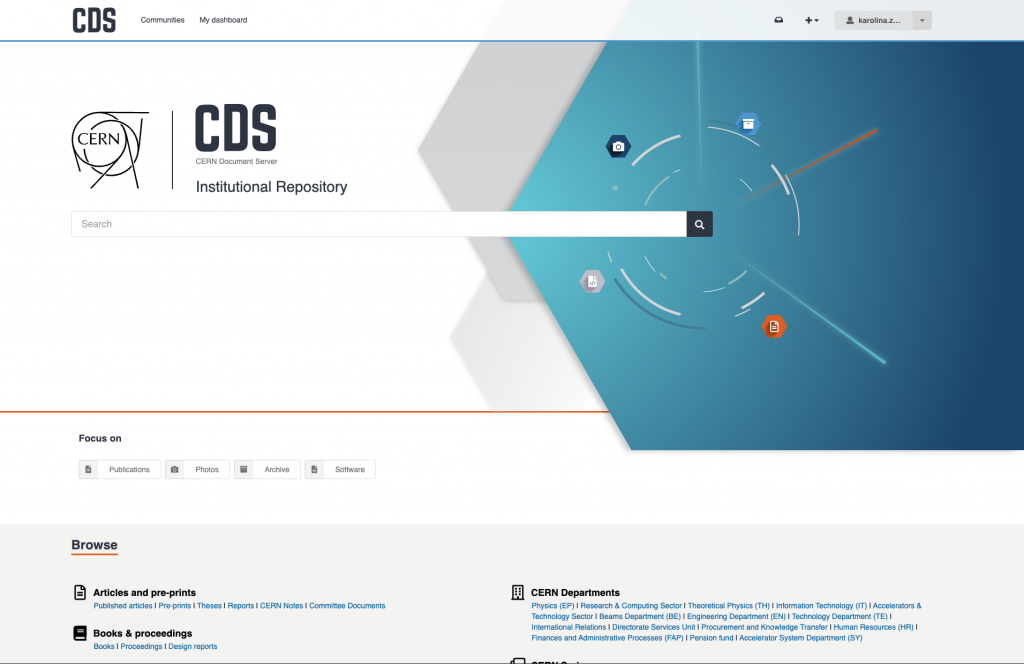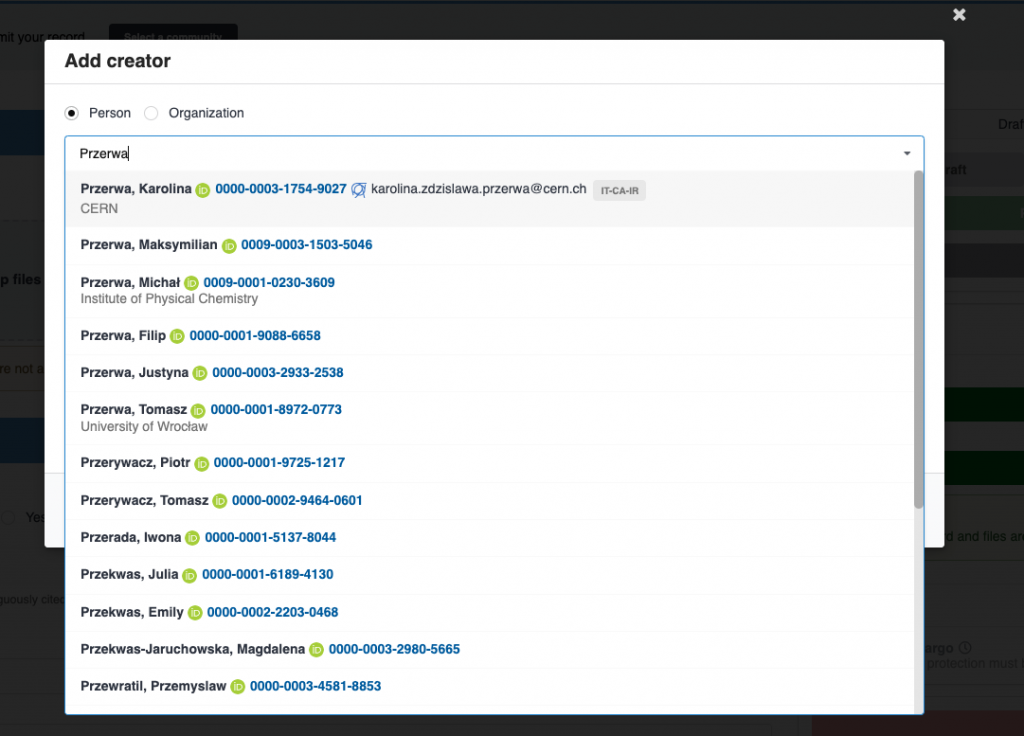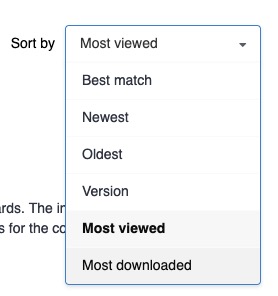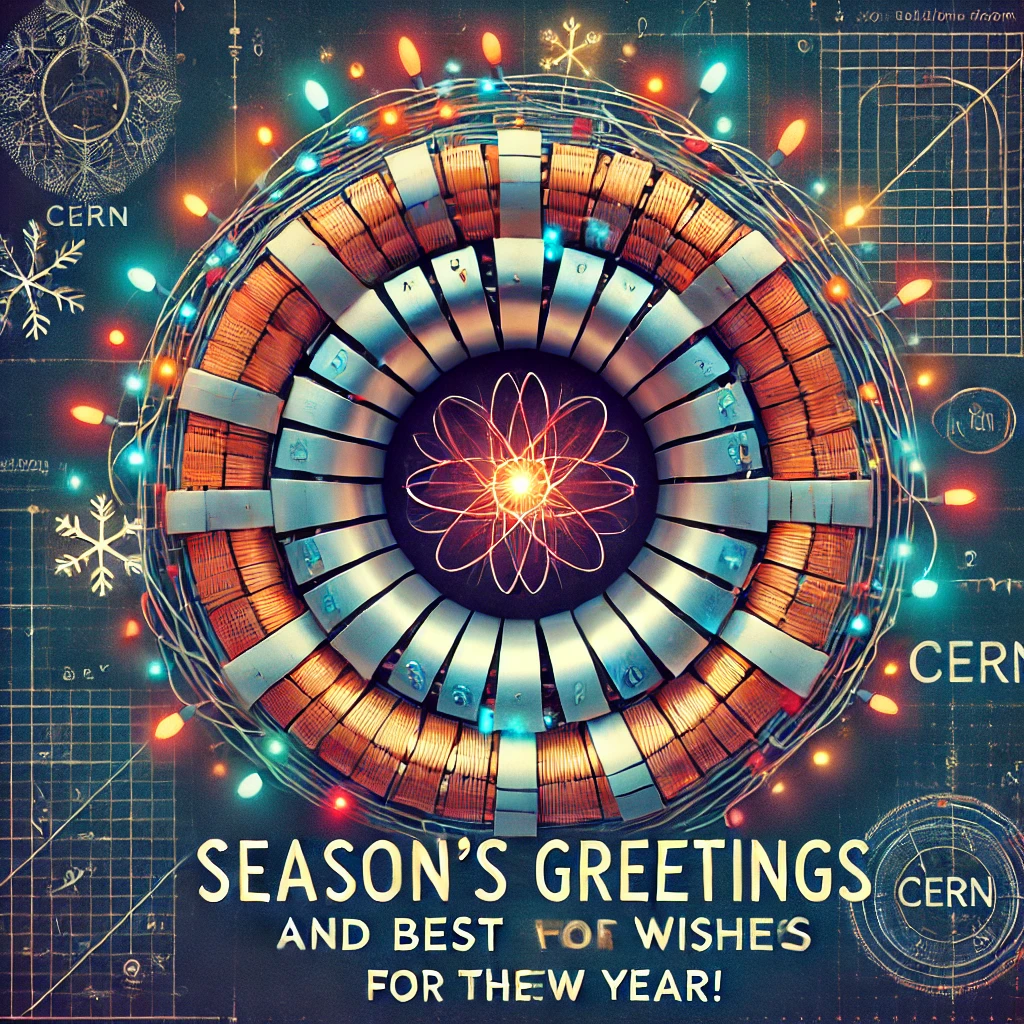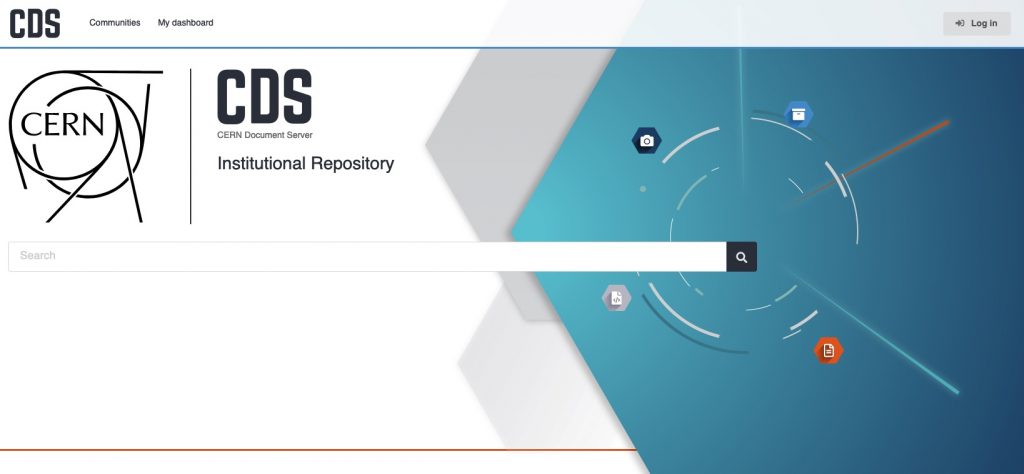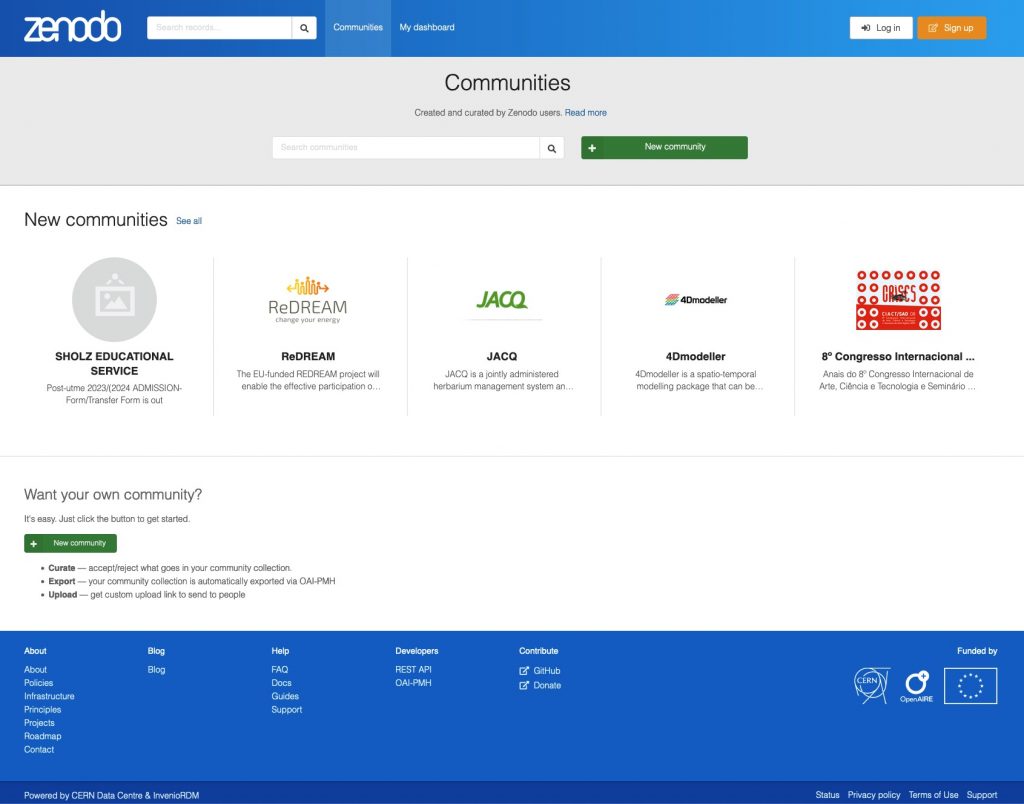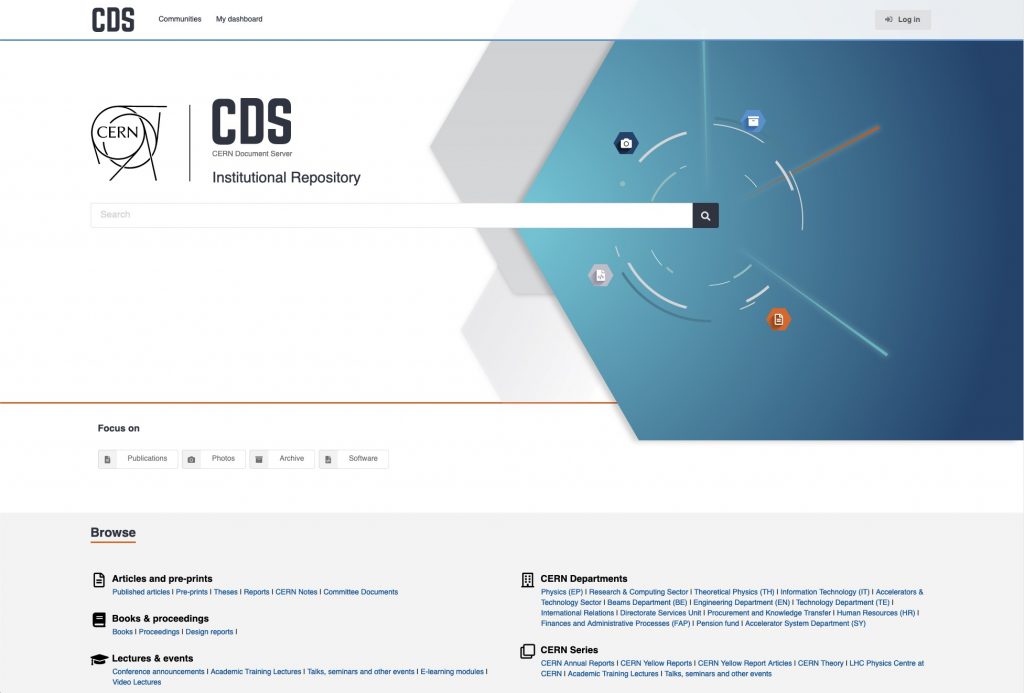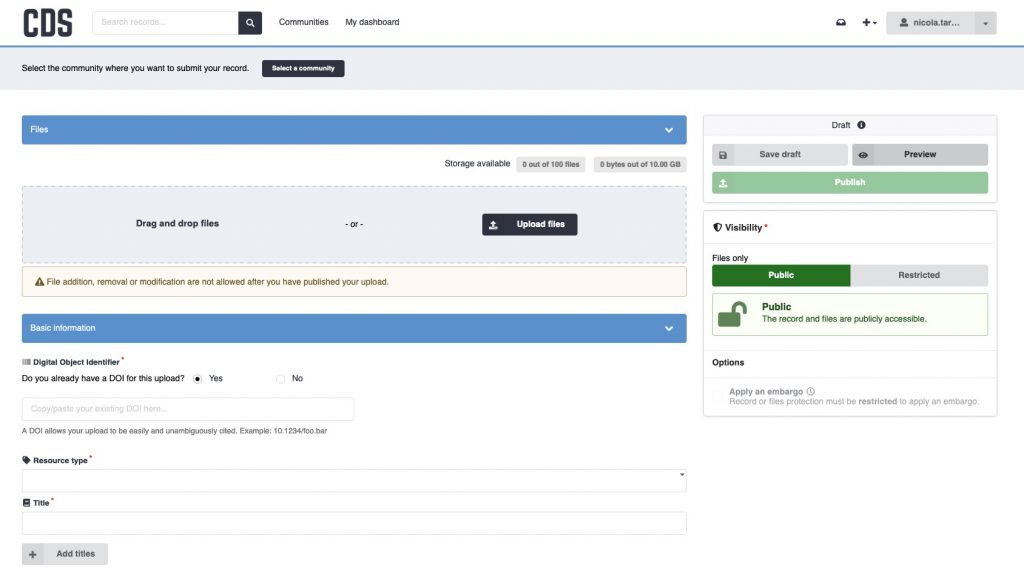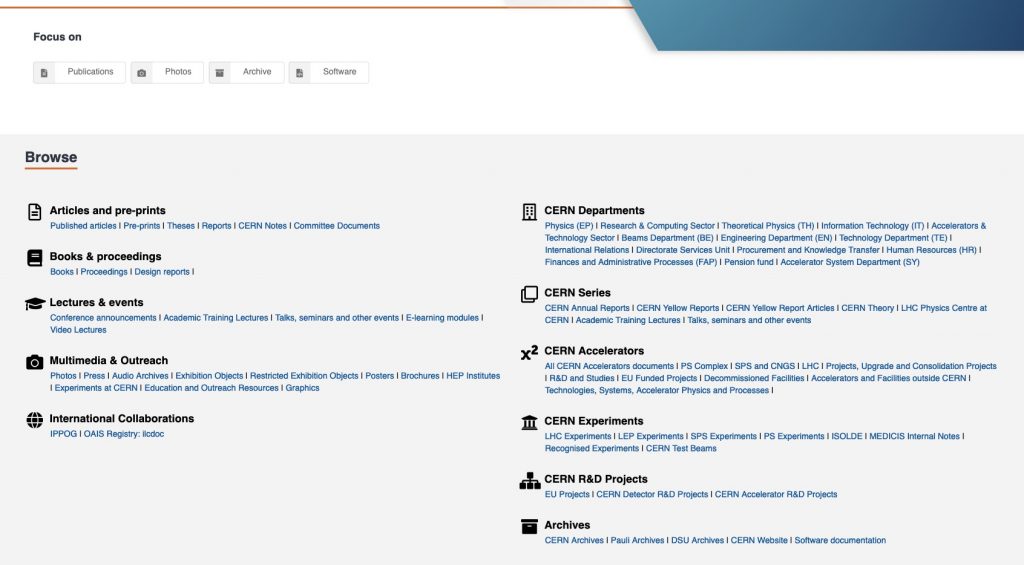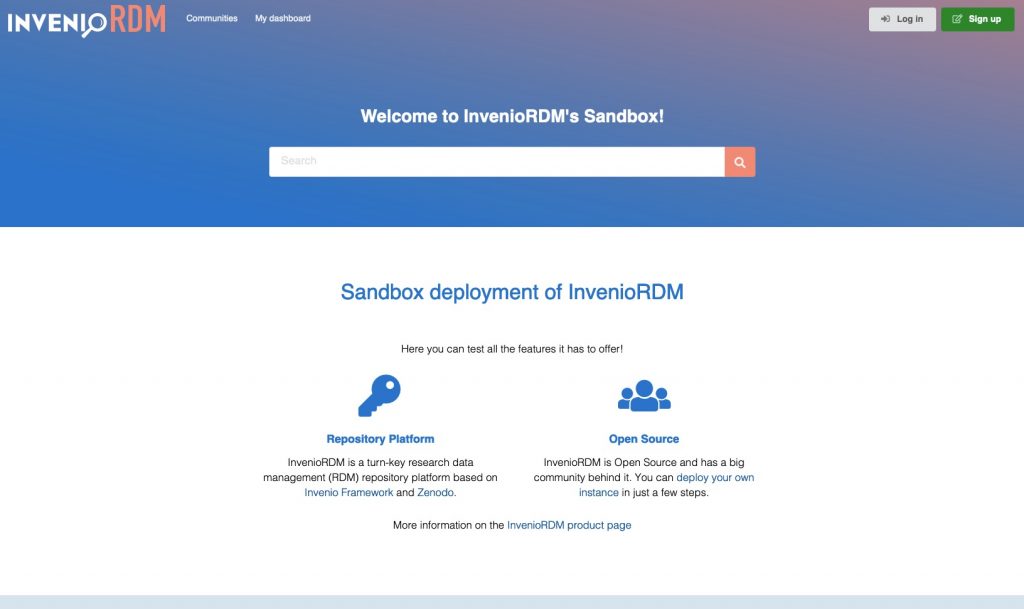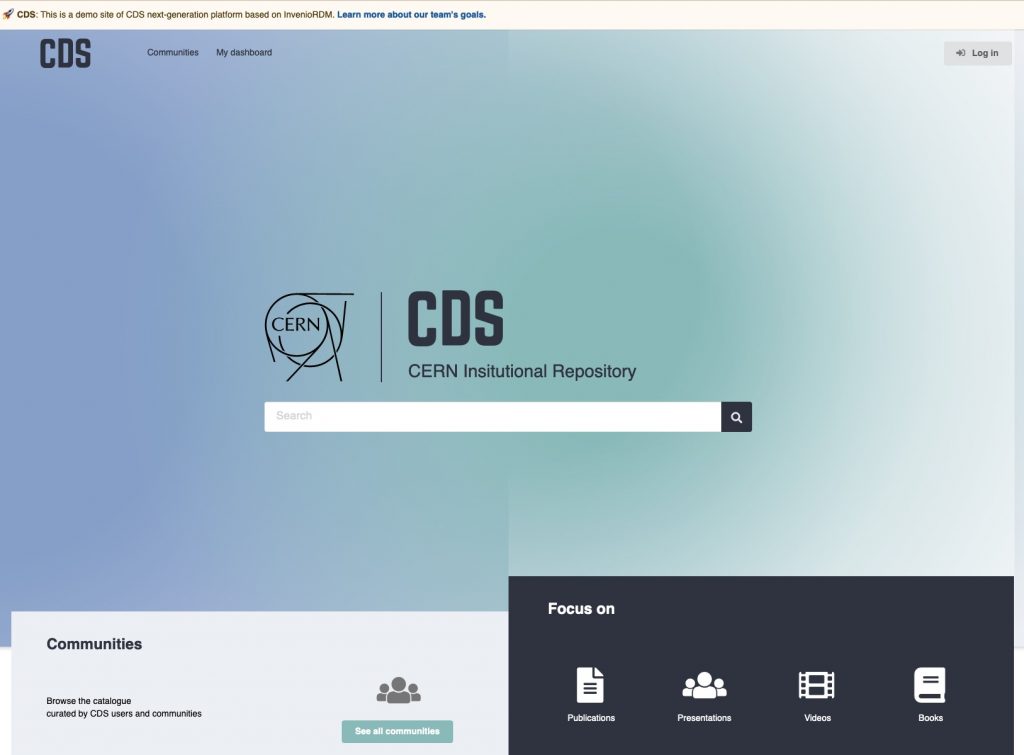Our migration journey to the new platform is progressing smoothly, and we’re excited to announce the next key step: the migration of all theses from the former CDS. This transition is scheduled to take place in May 2025.
Read on to understand what this means for you.
Content migration: what to expect
All existing theses currently archived in the former CDS will be migrated to the new platform. You won’t lose any of this valuable research.
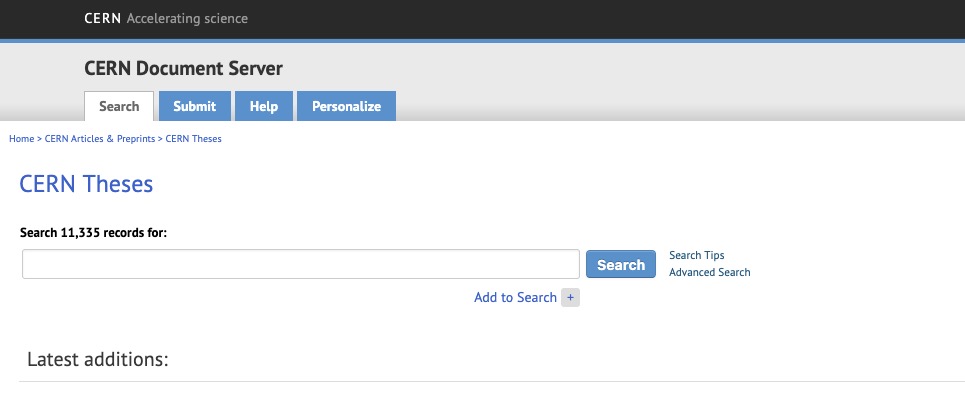
The migration will also include theses accessible in many other collections, such us:
- ALEPH Theses
- ALICE Theses
- ATLAS Theses
- BE Thesis
- CDS Theses
- CLIC Detector and Physics Study Theses
- CMS Theses
- DELPHI Theses
- DIRAC Theses
- DRD3 Theses
- DRD7 Theses
- FASER Theses
- ISOLDE Theses
- IT Theses
- L3 Theses
- LHCb Theses
- LHCf Theses
- n_TOF Theses
- NA61 Theses
- OPAL Theses
- RD53 student, PHD thesis
- RE29 Theses
- RE41 Theses
- RE42/CREEST Thesis
- SHiP Theses
- SND@LHC Theses
- SY Thesis
- TOTEM Theses
- UA2 theses
- UA4 theses
- UA5 Theses
- UA8 Theses
At the same time, all existing URLs pointing to theses in the former CDS will automatically redirect you to the corresponding content on the new platform. This ensures a smooth transition and avoids broken links.
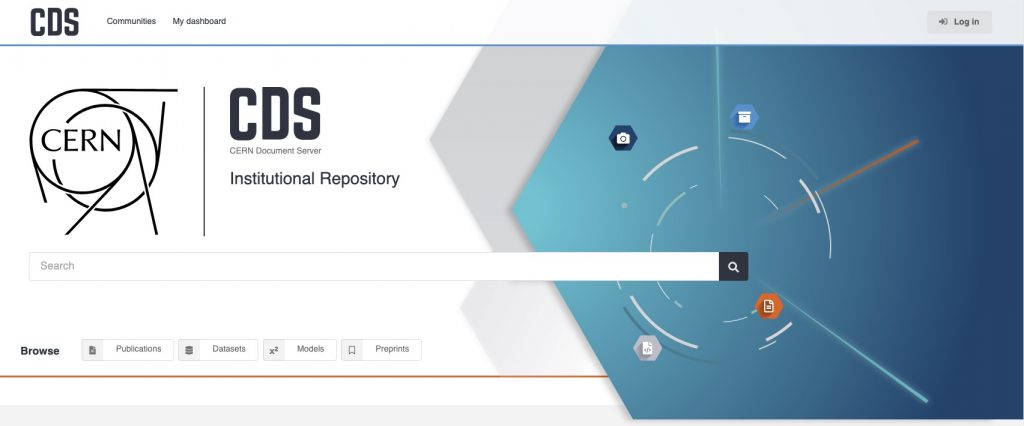
The content will remain searchable and accessible in the former CDS. However, when you click on a thesis link within the former CDS, you will be seamlessly redirected to its new location on the new platform.
Finding content on the new platform
As we transition to the new CDS platform, we understand that easily locating content is extremely important. Please note that the final organization of content is still being refined and will continue to be enhanced in the coming months.
For this initial migration of theses, you will be able to find them in the following ways:
- Keyword Searching: Utilize the main search bar with relevant keywords (author, title, subject, etc.) to find specific theses.
- Thesis Filter: Once you perform a search, you will find a dedicated “Publication/Thesis” filter in the left-hand column of the search results page. Applying this filter will display only theses.
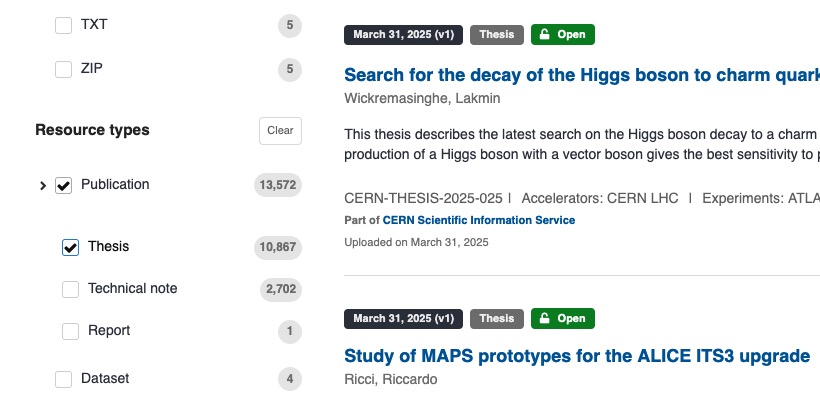
Looking ahead: Collaboration Spaces
We are actively working on improving the content organization within the new platform. Later this year, our plans include the development of dedicated spaces for each collaboration. This enhancement will allow you to easily access all content associated with a specific collaboration in one centralized location. We will provide further updates on this exciting development as it progresses.
In the meantime, we are confident that the search and filtering functionalities will provide you with effective ways to locate the migrated theses.
New submissions: what’s changing
Once the migration is complete, all new thesis submissions will exclusively take place on the new platform. Any attempts to submit new theses through the former CDS submission interface will be automatically redirected to the correct submission process on the new platform.
We are preparing a dedicated documentation on how to submit thesis in the new platform.

The current thesis submission workflow, including validation by the CERN Library before publication, will remain unchanged on the new platform.
Newly submitted theses will not appear in the former CDS platform. Implementing processes to synchronize new content between the two platforms would significantly complicate and delay the full migration of existing CDS content. Our priority is to ensure a timely and efficient transition of all existing research to the new, improved platform.
We’re here to help!
We understand that migrations can sometimes raise questions. If you have any concerns or require further clarification, please do not hesitate to contact us.
We are committed to making this transition as smooth as possible for everyone.
